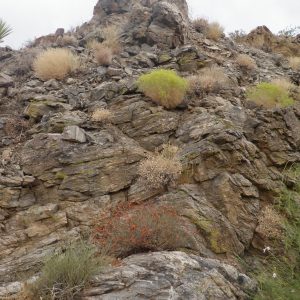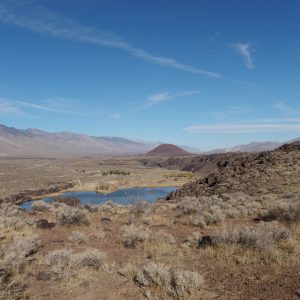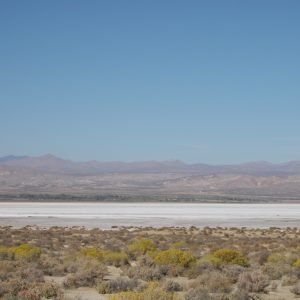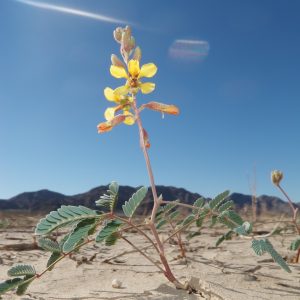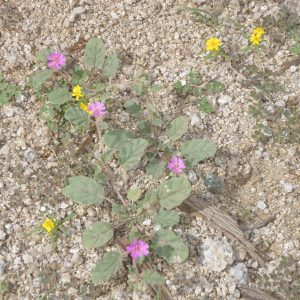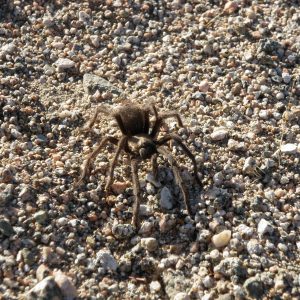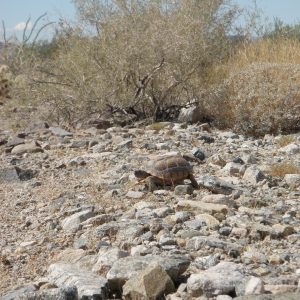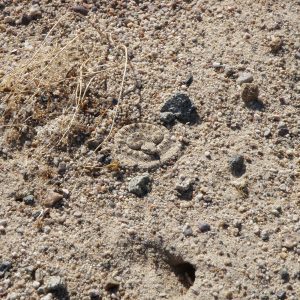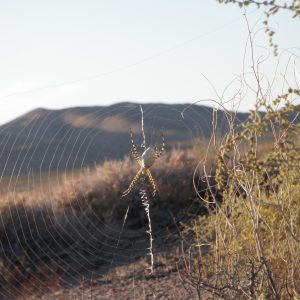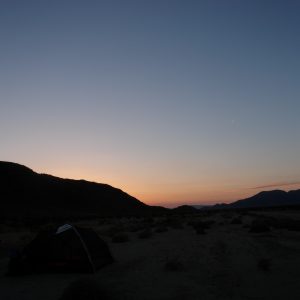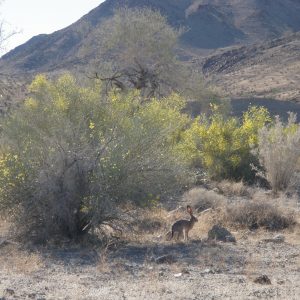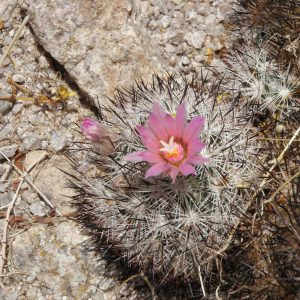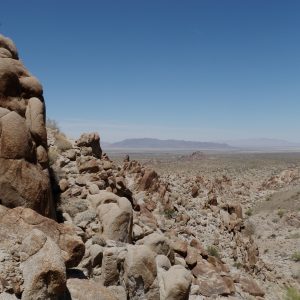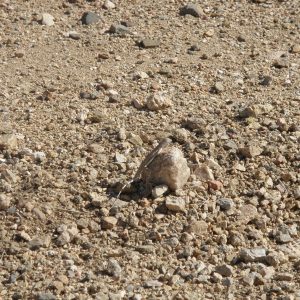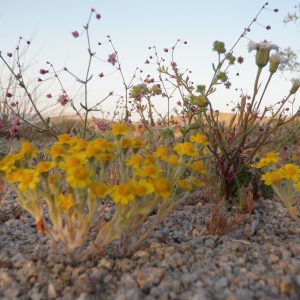Our seed collection, processing, and shipping has come to an end for all our spring collections, so now we wait. Fall collection will come quickly enough, I’m sure, but it feels like forever since we were out collecting last. And being an outdoors-loving person, doing office tasks day after day is tough. I have however found many positives, and because of these, I am thankful for some inside time. First, I am finally getting to know the others at the workplace that I never really got to work with when out in the field day after day. Second, while taking a break from monitoring and seed collecting for SOS, I have gotten to help on some rare plant monitoring and seed collection for conservation projects in the area. Third, I have been taking the extra time to learn other skills, taking advantage of the different departments at the botanic garden. I get to work in the plant nursery, helping with pruning, planting, weeding, and other regular upkeep tasks. I have recently been learning different seed cleaning techniques, on a small scale, through our seed conservation program. I have helped our herbarium manager with sorting incoming and outgoing plant collections. Lastly, I have been taking advantage of the GIS courses through the BLM. I like having all the different projects to work on, to keep things interesting, learn many different things, and get to know co-workers a bit better.
In order to balance all of my inside work time, and to expel some energy, during my off time I have been taking advantage of the wonderful opportunities that living in Southern California offer. My first adventure was summitting Cucamonga Peak, which gave a spectacular view of LA County and the Catalinas far off in the distance. I have also had a couple visitors come out in the past couple weeks, giving me the opportunity to be a crazy tourist. We spent some time in San Diego, in LA and in Las Vegas. Too much fun was had, and it tired me out way more than working days at a time in the desert.

Made it to the top of Cucamonga Peak!

